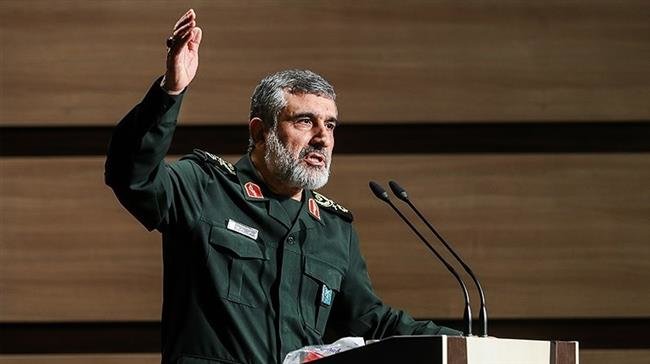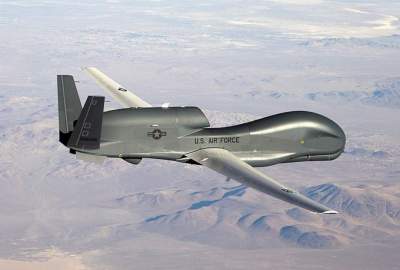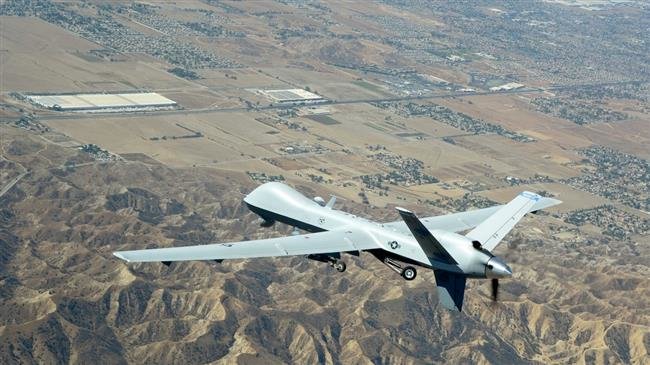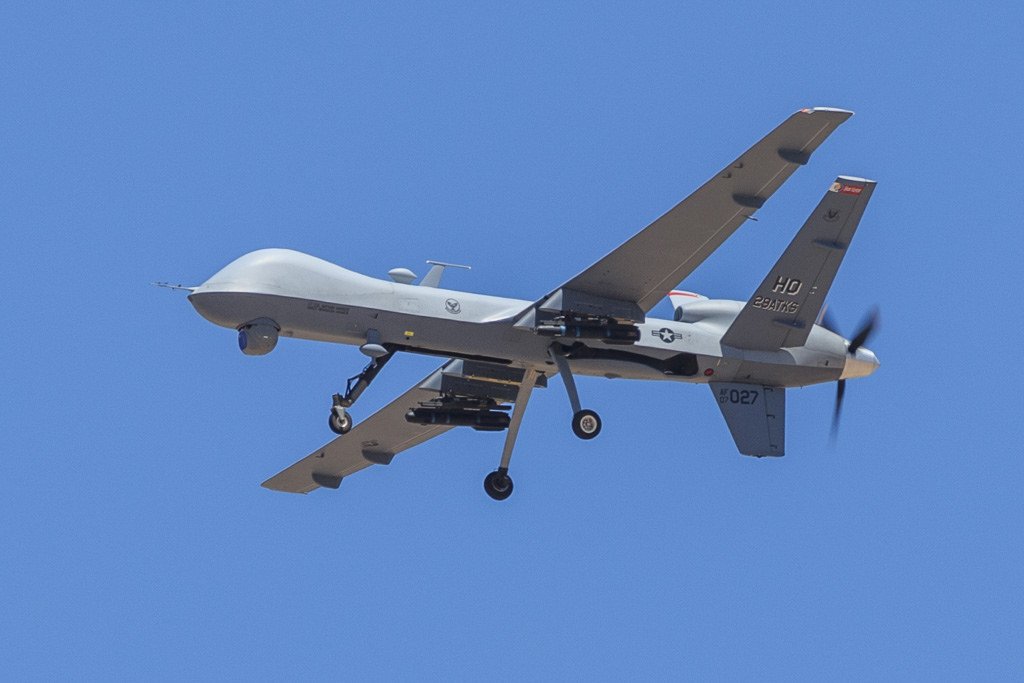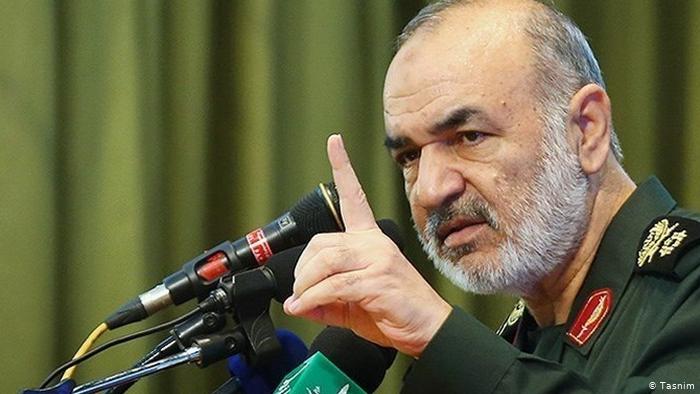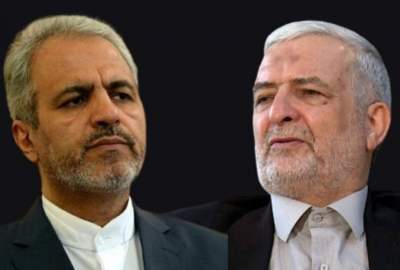A senior commander of the Islamic Revolution Guards Corps (IRGC) says Iran’s aerospace force has successfully hacked the US drone command and control system as a response to Washington’s impudence in claiming that it has sabotaged Iran’s missiles.
Publish dateMonday 25 February 2019 - 07:37
Story Code : 180281
AVA- Speaking to reporters on the sidelines of a ceremony in Tehran on Sunday, the commander of the IRGC’s Aerospace Division, Brigadier General Amir Ali Hajizadeh, said, “We did this to tell them (the Americans) that you not only failed to achieve your goals, but we infiltrated into your systems,” and this was a response to the United States’ insolence.
On February 12, the New York Times reported that the administration of US President Donald Trump had reportedly revived a secret plan to sabotage Iran’s ballistic missiles as part of its broader plan to weaken the Islamic Republic’s military might and harm its economy.
According to the report, the program was created under former President George W. Bush, who sought to disrupt Iran’s aerospace program by slipping defective parts and materials into its supply chains.
The sabotage attempts were sped up during the early years of former President Barack Obama’s time in the White House. However, they were toned down in 2017, when Mike Pompeo, who would go on to become the country’s secretary of state, took over as the director of the CIA, the report added.
During his Sunday remarks, Hajizadeh said, “If we are declaring this issue today, it is because Americans were impudent enough to say that they have sent impaired parts for [the purpose of sabotaging] our missiles.”
Addressing the ceremony earlier in the day, Hajizadeh said although the Americans have recently announced that they wanted to scuttle Iran's missile program, “we had found out about this a few years back, but we did not make it public.”
“They tried to sabotage some [missile] parts to make our missiles blow while flying, but they have not been able to do a damn thing up to the present time, because we had predicted this and had fortified this sector,” the senior IRGC commander emphasized.
Last Friday, the IRGC said it had penetrated US drone command and control networks, releasing footage of a US military aircraft bombing a hacked drone out of fear that it might end up in the hands of Iranian armed forces.
Hajizadeh said at that time that the US drone was operating in Syria and Iraq when it was forced to make an emergency landing due to a problem it faced during flight.
The drone was landed with difficulty in a desert area 10 km away from a US base, a report by Fars news agency said.
"However, the Americans did not dare to approach their own drone" and had to bomb it with a warplane, it added.
On February 12, the New York Times reported that the administration of US President Donald Trump had reportedly revived a secret plan to sabotage Iran’s ballistic missiles as part of its broader plan to weaken the Islamic Republic’s military might and harm its economy.
According to the report, the program was created under former President George W. Bush, who sought to disrupt Iran’s aerospace program by slipping defective parts and materials into its supply chains.
The sabotage attempts were sped up during the early years of former President Barack Obama’s time in the White House. However, they were toned down in 2017, when Mike Pompeo, who would go on to become the country’s secretary of state, took over as the director of the CIA, the report added.
During his Sunday remarks, Hajizadeh said, “If we are declaring this issue today, it is because Americans were impudent enough to say that they have sent impaired parts for [the purpose of sabotaging] our missiles.”
Addressing the ceremony earlier in the day, Hajizadeh said although the Americans have recently announced that they wanted to scuttle Iran's missile program, “we had found out about this a few years back, but we did not make it public.”
“They tried to sabotage some [missile] parts to make our missiles blow while flying, but they have not been able to do a damn thing up to the present time, because we had predicted this and had fortified this sector,” the senior IRGC commander emphasized.
Last Friday, the IRGC said it had penetrated US drone command and control networks, releasing footage of a US military aircraft bombing a hacked drone out of fear that it might end up in the hands of Iranian armed forces.
Hajizadeh said at that time that the US drone was operating in Syria and Iraq when it was forced to make an emergency landing due to a problem it faced during flight.
The drone was landed with difficulty in a desert area 10 km away from a US base, a report by Fars news agency said.
"However, the Americans did not dare to approach their own drone" and had to bomb it with a warplane, it added.
avapress.net/vdcjoyevvuqeo8z.92fu.html
Tags
Top hits
